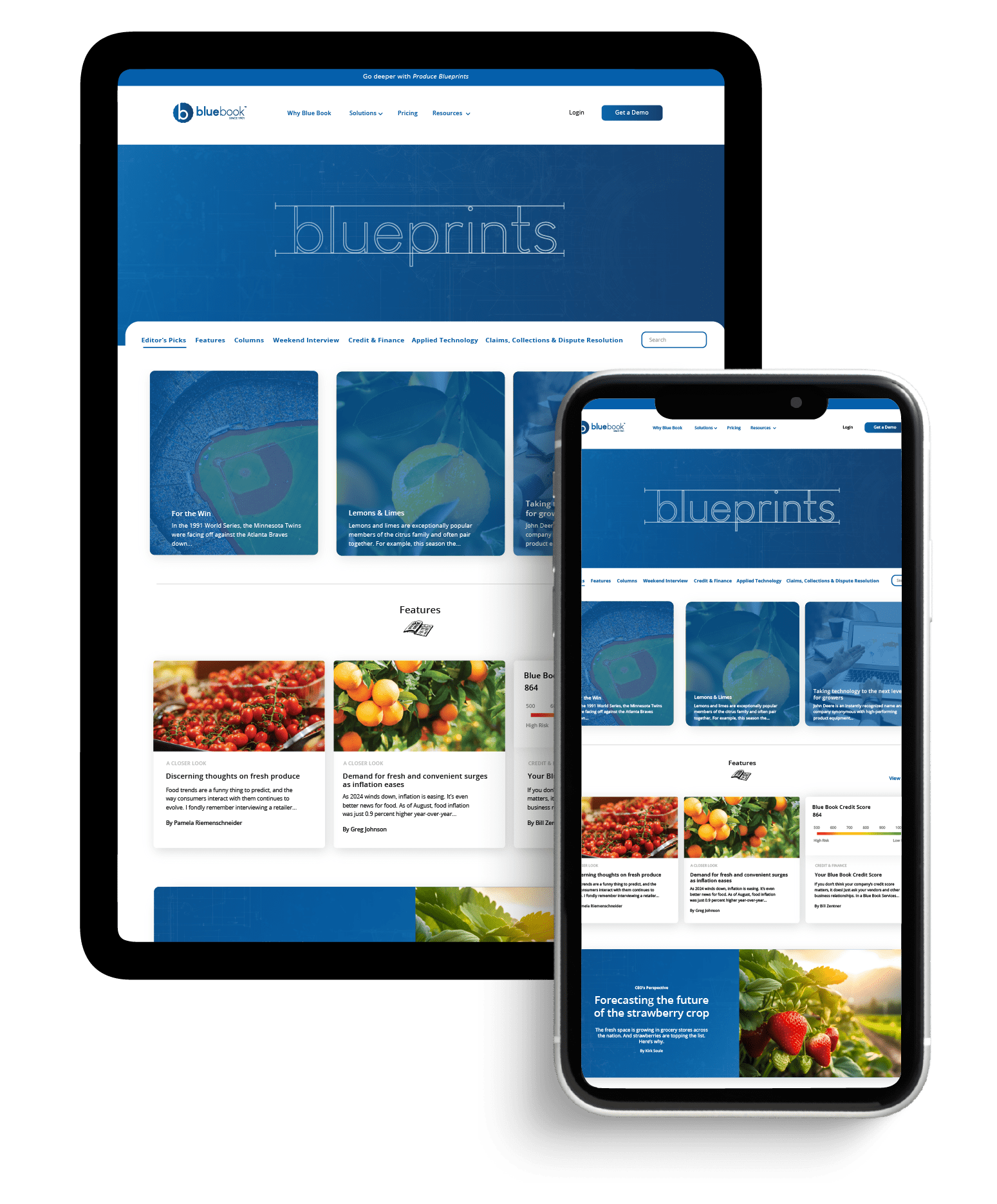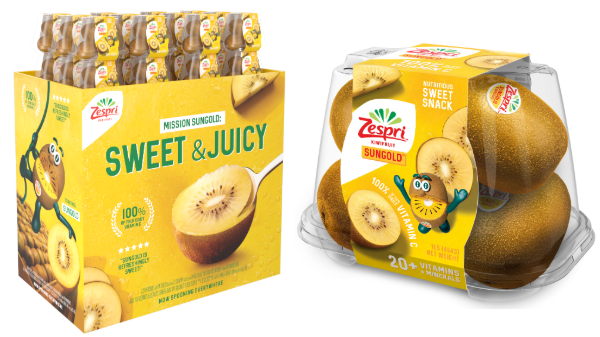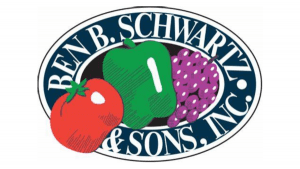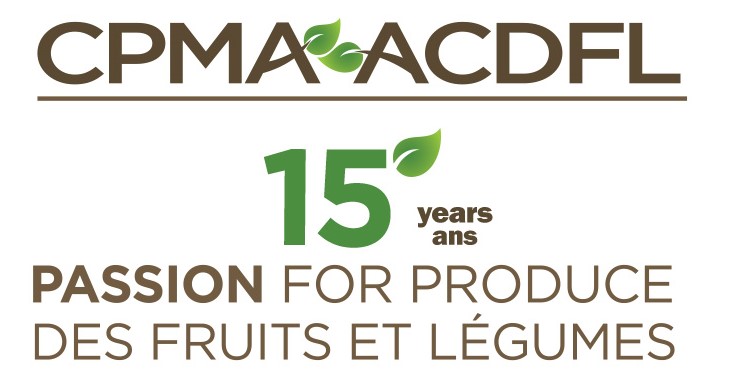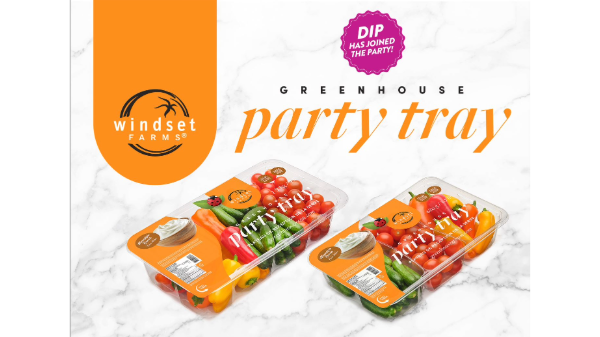Welcome to Blue Book!
Are you ready to join the thousands of companies who rely on Blue Book to drive smarter decisions? View our plans and get started today!
Still have questions? We’d love to show you what Blue Book can do for you. Drop us a line– we’ve been waiting for you.
It has been six years since PTI was launched in the aftermath of the E. coli outbreak that decimated the leafy greens market. This tragic yet preventable event revealed the need for a better approach to identifying tainted food and how to reduce its impact on both consumers and the industry.
Believing a government-imposed solution would be detrimental to the industry, the Produce Marketing Association, United Fresh Produce Association, and Canadian Produce Marketing Association joined forces to spearhead the traceability effort.
This article discusses the Produce Traceability Initiative (PTI) and where it is headed—especially in light of Walmart’s announcement requiring all suppliers to comply with PTI labeling standards by November 1, 2013. This bold move is expected to accelerate efforts to standardize case identification across the supply chain.
Driving Toward A Goal
For the benefit of all, the fresh produce industry worked together to improve the customary one up/one down method of tracing fruit and vegetables. The result was a universal language using global trade item numbers (GTINs) and unique company identifiers, implemented by many buyers and sellers ahead of any federal, retail, or customer mandates.
Several years into this new era, industry members are mostly encouraged by PTI’s momentum thus far. Doug Grant, senior vice president and chief operations officer for the Oppenheimer Group, and co-chair of the PTI Leadership Council, is pleased with the progress, finding “the suppliers have really come to the table.”
Buyers at PTI’s mid-May meeting held in conjunction with United Fresh 2013 reported that between 22 and 50 percent of produce cases coming into their distribution centers included PTI-compliant labels. Ed Treacy, Produce Marketing Association (PMA) vice president of supply chain efficiencies, found this quite remarkable since no buyers had even required such measures yet.
One grower-shipper involved with PTI from the beginning agrees: David Best, director of software services for A. Duda & Sons, Inc. in Oviedo, FL commented, “Things have come a long way. Five or six years ago, the average company couldn’t even trace by pallet.” Duda will be tagging all cases this year—with one label instead of multiple stickers—and Best noted the enhanced processes will not only track product quickly and help with claims, but save time and money in the long run.
Gary Fleming, vice president of RedLine Solutions, Inc., and an architect of traceability when he was with PMA, calls PTI the “plumbing” needed to move the industry to an automated supply chain. He says PTI “isn’t just about traceability. By incorporating standards, we make our industry more efficient.” This resulting supply chain efficiency, he asserts, is the biggest benefit to the industry.


